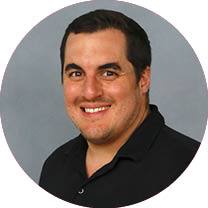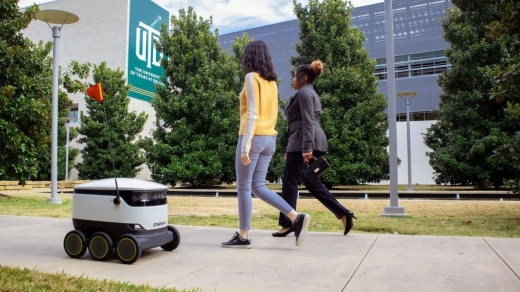According to a presentation at the council’s March 14 meeting, it will spend over $30 million on nine different projects related to automated vehicle technology in various cities across DFW as part of its long-term plans.
The council is an independent policy board made up of officials from across the metroplex that oversees the transportation planning process for the region.
It defines automated vehicles as those equipped with technology that allows them to offer driver assistance, parking assistance and fully self-driving capabilities.
The council estimates as part of its Mobility 2045 plan, the long-term guide for the region's transportation needs, that the metroplex will grow to 11.2 million residents by 2045. The plan states this growth will put a large strain on the region's existing transportation system and that traffic congestion may increase dramatically.
If no action is taken, the plan estimates this traffic congestion could cost the region an estimated $47.9 billion a year by 2045. Implementing automated transportation services is one of the many strategies the council is using to fight against future traffic congestion, council officials said.
The RTC’s March 14 presentation showed automated vehicle projects will be located at Dallas College, Paul Quinn College and Dallas Fort Worth International Airport as well as in Fort Worth, Arlington, Richardson, McKinney and Dallas. RTC officials stated they hope to expand these projects to other cities within the region as more opportunities become available.
“Once these projects are completed, we will have the most robust automated and connected vehicle ecosystem in the country and certainly within the state,” Clint Hail, transportation planner with the council's technology and innovation program, said during the presentation. “Kudos to our region for being a magnet for this kind of innovation.”
Project types include automated buses and shuttles, neighborhood delivery robots, automatic parking systems, automatic vehicle delivery and infrastructure improvements to facilitate the evolving technology. Some details about each of the nine projects are still being worked out, Hail said.
One project will see the council partner with Dallas Area Rapid Transit on an automated bus on DART’s Love Link route. The bus will operate between Dallas Love Field Airport and Inwood/Love Field Station, a four-mile round trip on mostly straight roads, according to the transit agency.
“By working together, we can reduce the planning and procurement costs and more easily share lessons learned,” according to a statement from Darryl Spencer, DART’s senior assistant vice president of engineering. “We have committed to participate in researching automated bus technology.”
The McKinney-based project, Hail said, will focus on using self-driving vehicles to deliver basic medical services and supplies to residents in rural areas.
The delivery-type projects being planned will be similar to the robots that currently deliver food from restaurants to students at The University of Texas at Dallas in Richardson. In 2019, the university’s dining department partnered with Starship Technologies to bring 30 food-delivery robots to campus.
Some of the self-driving vehicle projects would be like those started by Drive.ai, which previously operated in Frisco’s Hall Park and Arlington as part of a collaborative testing program.
Hail said most of these types of automated vehicle projects will continue to be tested and developed in smaller, controlled areas as the technology continues to change. But, he said, residents should know that self-driving freight trucks are already in widespread service.
“That is already on the streets, already happening, and that's a big deal,” he said. “Because it is easier to move things than people, and it is easier to automate over the highway.”
In terms of infrastructure, Hail said companies that develop automated vehicles have stated that building and keeping roadways in good condition is the most important thing for self-driving technology.
“All those [developers] tell us, ‘What we do need is what drivers need today. We need good striping, consistent signage, smooth roads,’” Hail said. “So we keep focusing on the stuff that benefits drivers today.”
More about the council’s automated vehicle projects can be found on its website.





